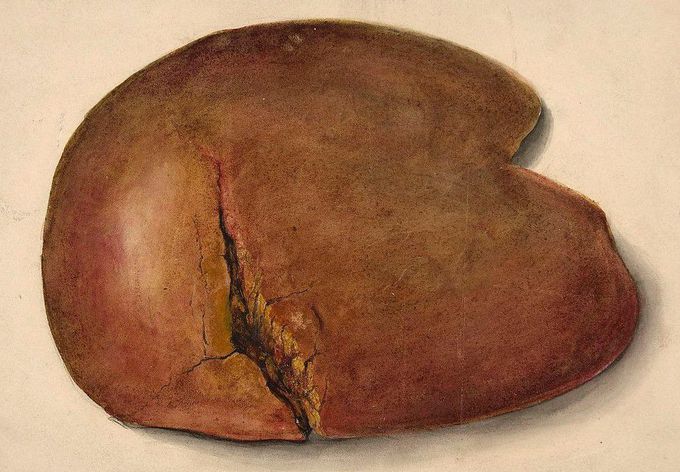


Say Good-bye to Surgical Intervention in Blunt Liver Trauma in Children
Multiple injuries, including blunt trauma to liver is often a challenging situation in pediatric age group. Thanks to advancement in medical sciences over three decades, surgical intervention for liver injuries in children is now history. A 12-year cohort study based in single institution revealed the success rate of non-operative management of blunt liver trauma as high as 95%, with complications arising in only 3% of the patients. Most common complication was bile leak; surgical intervention was seldom warranted. Angiographic embolization was required as supplement in only 3% of the patients. Hemorrhage control and aggressive fluid resuscitation is the mainstay of non- operative management of blunt liver trauma in children. Despite the severity of trauma, non-operative management is the standard treatment for blunt liver trauma in pediatric age group, provided the patient is responsive to hemodynamic resuscitation. Though managed non-operatively, it is important to vigilantly monitor the patients to determine risk factors and expedite laparotomy, if indicated. Source: - van As, A.B., Millar, A.J.W. Management of paediatric liver trauma. Pediatr Surg Int 33, 445–453 (2017). https://doi.org/10.1007/s00383-016-4046-3 - Koyama, T., Skattum, J., Engelsen, P. et al. Surgical intervention for paediatric liver injuries is almost history - a 12-year cohort from a major Scandinavian trauma centre. Scand J Trauma Resusc Emerg Med 24, 139 (2016). https://doi.org/10.1186/s13049-016-0329-x

